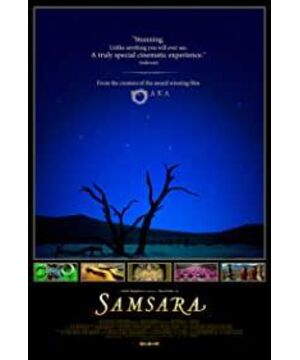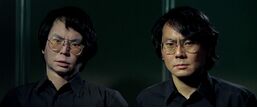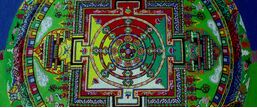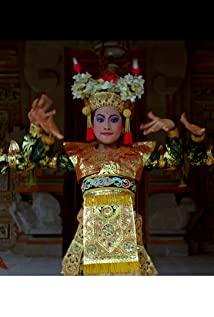For more than two thousand years, there have been many ways to pursue immortality. The Egyptians invented mummies, the ancients invented religions, and the moderns invented ritual-like transportation, mechanized mass production, different forms of humans, and artificial humans.
From nature to religion, from religion to modern life, Samsara's documentary without a line, dialogue or voice-over presents various scenes of the pursuit of immortality and eternal existence on earth. The Sky Tower in Dubai, the mandala of Tantric Buddhism, the bloodless mass murders in the slaughterhouse, and us who are constantly moving in the subway in the fast camera. We are like a grain of sand on the earth, operating mechanically in daily life that is so precise as to resemble a ritual, crawling in front of the tallest and most magnificent religious buildings in every city from Bangkok to Jerusalem, from Tibet to Europe, telling the story of humanity and life. There is always hope.
The various cultures and sceneries in the film, the cities I have been to and the cities I haven't been to, the familiar and unfamiliar cultures, the forms presented in front of the camera are very creative, and most of them are shocking. For example, in the desert, the stars are shifting, and the day and night changes are presented in a fast lens; the extremely symmetrical landscape and the peculiar topography; but what is even more shocking is that the society of our daily life presents a religious feeling under the lens. Trains of trains, constant flow of factory workers, machines for slaughtering chicken flocks in chicken farms, and blazing roadways and high-rise buildings at night.
The material of human society can be so varied, and a 90-minute movie is nothing but a drop in the ocean. Throughout the ages, between the themes of life and death, how many things have we created, and how many of them cannot be changed?
http://www.wangxiaoxin.net
View more about Samsara reviews










